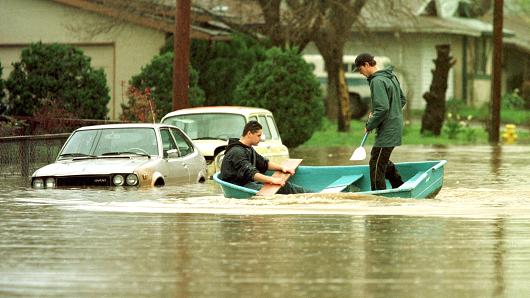New Winter Outlook for 2015-2016 just released by NOAA
A strong El Niño effect will bring above-average temperatures across much of the western and northern United States, including Minnesota, the National Oceanic and Atmospheric Administration said Thursday as it released its 2015-2016 winter outlook.
Meteorologists at the NOAA’s Climate Prediction Center once again peered into their crystal ball to provide thier annual winter outlook.
Exactly what particular cocktail of winter storms El Niño is mixing this year is still unclear – but if history is any guide, it will be a tough one.
We can expect warmer than average temperatures in the Northeast, and above average temperatures in the Northwest and northern USA states. By shifting the Pacific jet stream, El Niño will bring wetter conditions to those regions, plus below-average temperatures to the southern Plains and the Southeast, NOAA predicted.
This year’s is the strongest El Niño since 1997 and 1998. The southern half of the country will likely be wetter and cooler, while the northern half will likely be warmer and drier. The climate center says the odds of a warmer winter is now 50 percent, which doesn’t sound like much until you consider that the odds of a normal winter are 33 percent and the odds of a cold winter are just 17 percent. Snow forecasts are dependent upon the strength and track of winter storms, which are generally not predictable more than a week in advance, the center said.
Part of the South is also expected to see a cooler winter than usual, centered around Texas and stretching from New Mexico to Florida.
The U.S. Drought Outlook shows a few improvement is likely in central and southern California by the end of January, but not drought removal.
Halpert said California’s water “deficit” is probably too deep to erase in one wet winter. They said Southern and Central California are very likely to get above-normal precipitation, but the likelihood drops off to 34 to 40 percent for the Sacramento Valley. Empowering people with actionable forecasts and winter weather tips is key to NOAA’s effort to build a Weather-Ready Nation.








